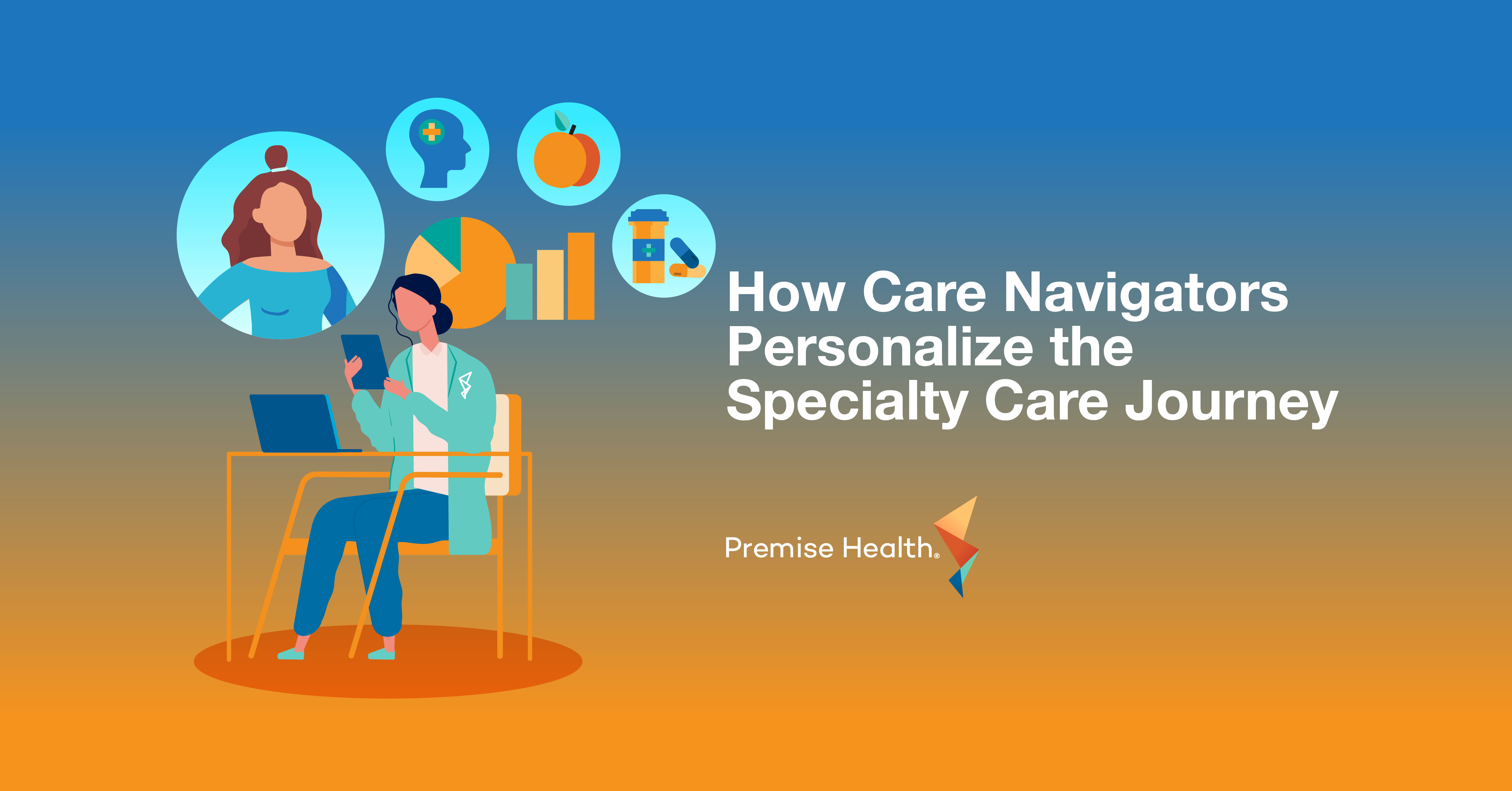Occupational Health: Preventing Injuries and Building a Culture of Health
Occupational health was established more than a century ago to address employee safety in the workplace. Over the years, new rules and regulations were enacted to improve worker health and safety. In 1970, the Occupational Safety and Health Administration (OSHA) was founded so that no worker should have to choose between their life and their job.
To maintain healthy employees and mitigate injuries, employers have traditionally invested in an onsite health model that focused on injury triage and maintaining OSHA compliance. Today, as employers look to address rising costs and build a culture of health and wellbeing at their workplace, occupational health is shifting to a preventive focus that also integrates virtual options for workers. Preventing injuries before they happen, making occupational health care accessible to workers, no matter where they are, and an overall wellbeing focus are the new standards for an occupational health program that truly enhances workplace safety.
What is occupational health?
Occupational health prioritizes workplace health and safety, focusing on preventing and responding to work-related injuries and illnesses. Occupational health providers may also respond to episodic and urgent care needs, assist with chronic disease management and more to build trust, increase productivity, and improve worker wellbeing. It is a collaborative effort between the employer and the clinical team that can be delivered virtually or in person.
A personalized approach to occupational health is the driving force behind healthy employees. A comprehensive program tailored to the employee population, industry, and job duties helps address risk factors and unfavorable health conditions to positively influence the work environment, encourage employee behavior change, and influence the overall company safety culture.
What is included in occupational health?
A comprehensive range of occupational health services is necessary when it comes to complying with OSHA standards, promoting productivity, and preventing injury and illness. At Premise Health, this includes four key areas:
- Injury and Illness Care – Premise Health provides medical treatment and management of work-related injuries and illnesses while ensuring those with non-occupational health needs are appropriately triaged. Our team also serves as a communications coordinator for employees should third party involvement be required.
- Medical Surveillance – Occupational health experts ensure employees are meeting OSHA guidelines and required safety standards with best-in-class medical surveillance procedures, guidelines, and resources to use in conjunction with an organization’s policies and procedures.
- Case Management – Case managers are expert communicators, pointing employees to the right resources and focusing on timely treatment and return to work.
- Musculoskeletal – Our musculoskeletal team analyzes jobs and provides recommendations to ensure work environments are suited for optimal health and safety. This includes our early intervention program which uses principles of ergonomics to prevent injuries in an occupational health setting before they happen. This model spans prevention to treatment and case management to compliance, helping organizations build a culture of safety.
What are the benefits of occupational health?
Whether you have 50 employees or 5,000, ignoring unhealthy behaviors and unsafe conditions has negative ramifications. Personalized occupational health programs fully integrated into an employer’s benefits strategy can help address costs, productivity and safety and lead to healthy employees. See how an occupational health program can impact these areas:
Reduced costs
Workplace safety issues and on-the-job injuries can create financial strain on organizations managing tight healthcare budgets. Employers have to take into consideration direct costs, such as medical care, equipment and safety programs, and indirect costs, such as fines, employee retention, and reduced productivity. Occupational health programs create cost savings by taking a preventive approach to health and wellness.
Reduced lost time
An on-the-job injury or lingering health condition often results in low quality work or missed workdays. One study even found that presenteeism, or working while sick or injured, cost employers around $1.5 trillion per year, compared to absenteeism which cost employers around $150 billion per year. An occupational health nurse can help get an injured employee back to the jobsite safely and more rapidly, boosting productivity and worker satisfaction. By having programs in place that educate employees on safety protocols and promote prevention, employers can increase productivity and reduce costs.
Safer workplaces
There were approximately 2.8 million nonfatal workplace injuries and illnesses reported by private industry employers in 2019, according to the Bureau of Labor Statistics. The most common injuries are strains or sprains, soreness or pain, or cuts/lacerations. Many of these injuries are preventable with an occupational health program in place. For example, an occupational health nurse may spot poor employee health during a surveillance exam and advocate for special attention on any health conditions that may impact the employee’s ability to safely perform their job. Collaboration with the employee to improve their overall wellness is key to maximizing their productivity.
Total Worker Health® approach
Premise takes a holistic approach to occupational health, up to and including the Total Worker Health® lens from NIOSH, to address not only workplace safety, but also other factors that influence worker wellbeing like wages, work hours, workload, interactions with coworkers and supervisors, access to behavioral health resources, access to paid leave, and social determinants of health. By examining the way occupational and non-occupational factors can impact worker illness and injury, this philosophy can benefit both workers and employers by creating safe, fulfilling and sustainable work environments.
Partnering with an occupational health provider that can deliver in-person and digital access to specialized occupational health experts, to workforces of all sizes, industries, and populations is the key to preventing injuries and responding when accidents do happen. Finding the right partner to implement a fully integrated onsite and virtual occupational health solution can help employers impact the health of their workplace, address safety issues, and lower costs.
Premise Health has been the leader in occupational healthcare for the past 50 years. Learn more about our approach to creating safer and healthier workplaces, or get in touch with us.
Next on industry insights.

From Crisis to Care: Addressing Mental Health Challenges for Union Members
Read the Blog
One Less Errand, One Healthier Member: The Power of 90-Day Prescriptions
Read the Blog